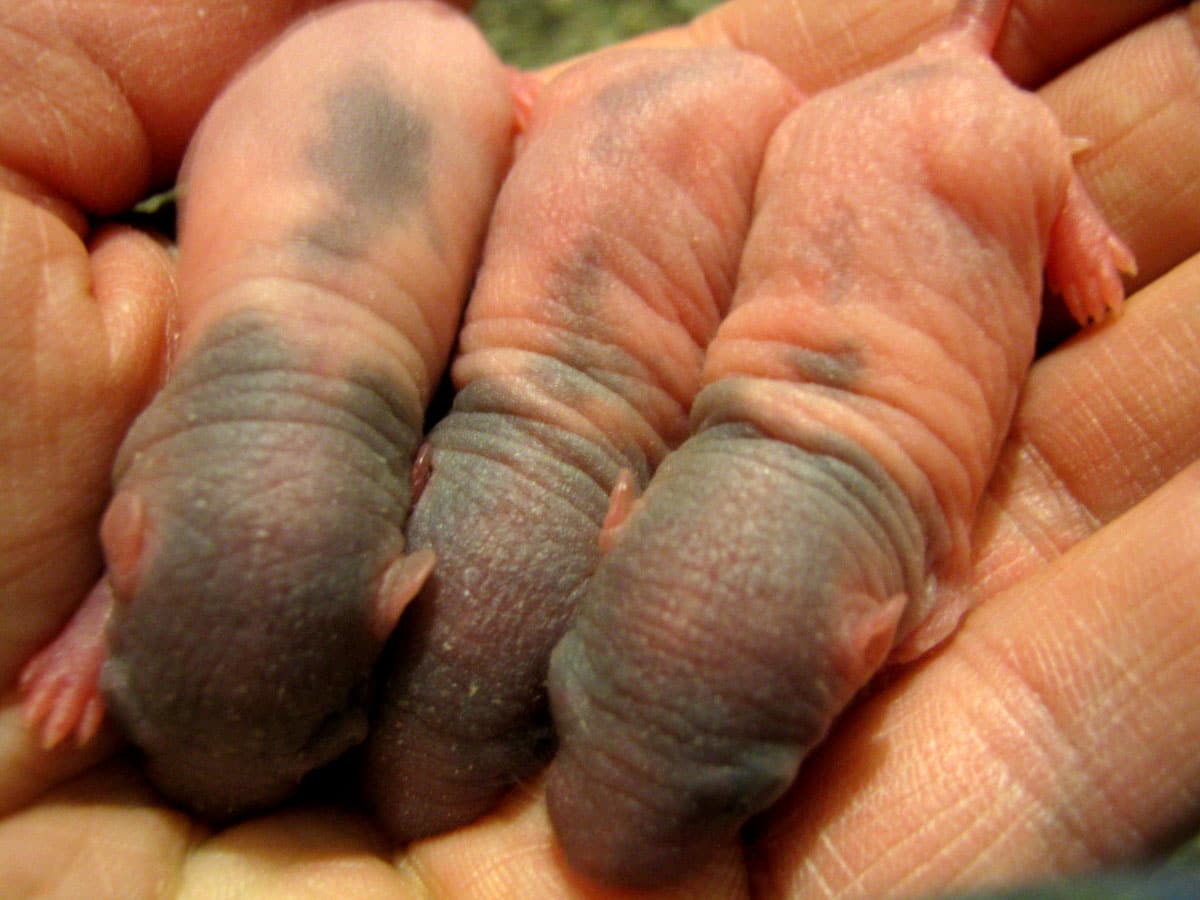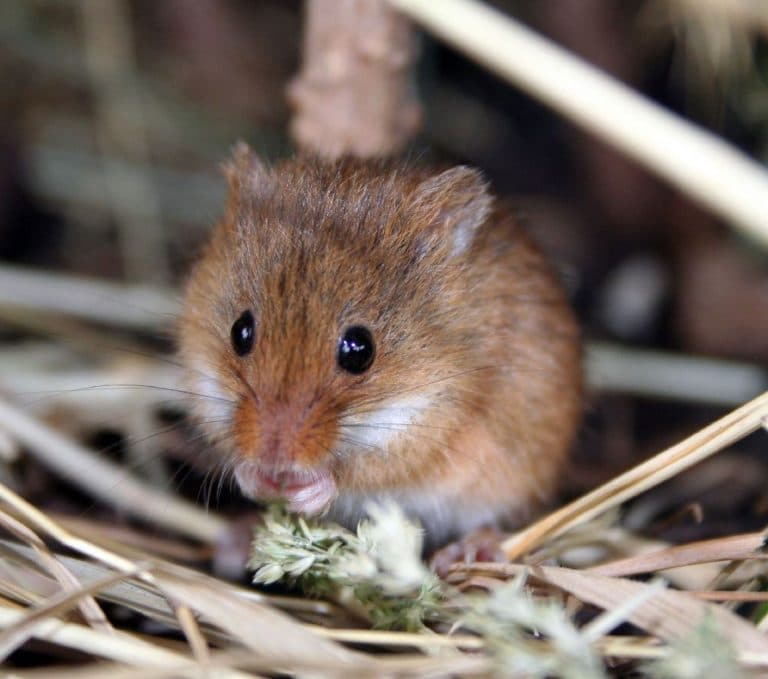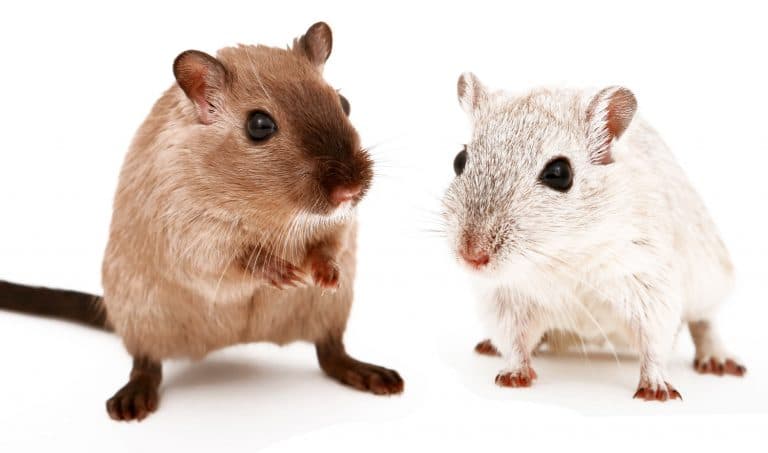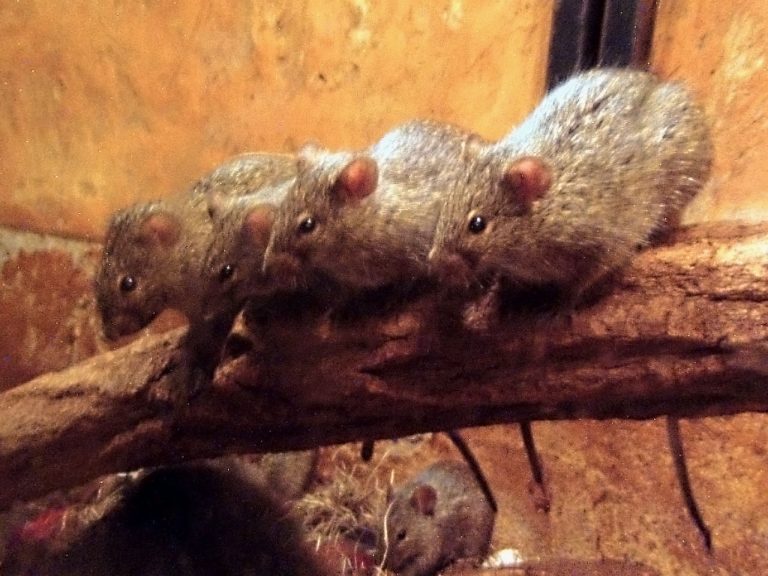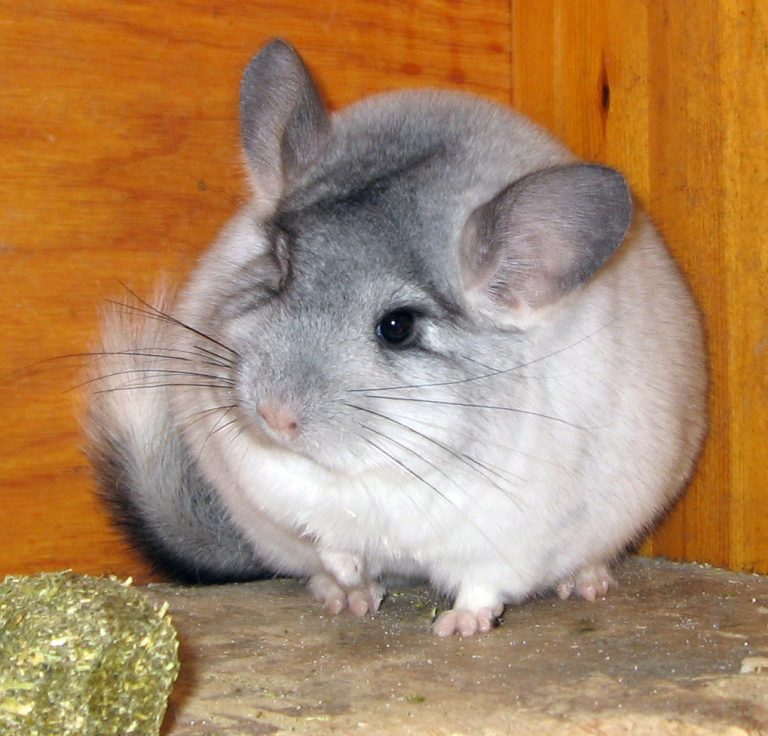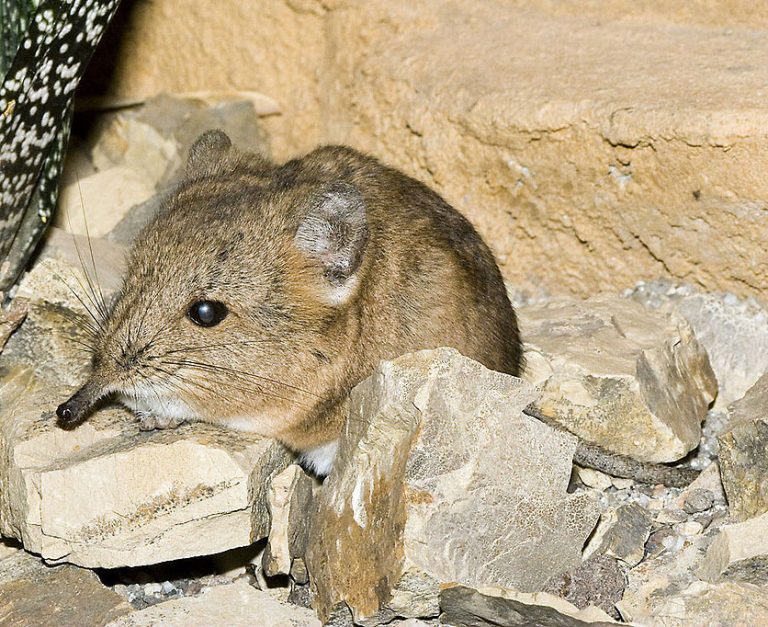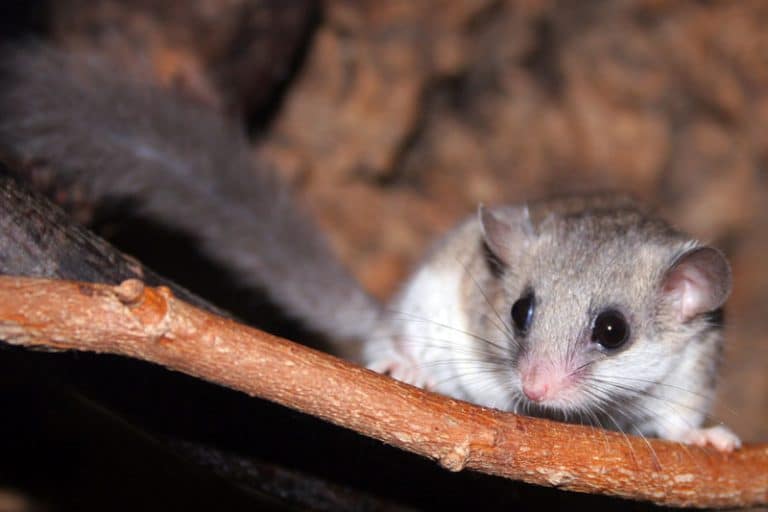Pet Rat Life Expectancy
Best Physical Activities Promote Fitness, Good Health And Pet Rat Life Expectancy
Rats are wonderful pets despite the fact that they earned a very bad reputation for the havoc they wreaked at the time of the bubonic plague. The average life span of a rat being approximately 2 to 3 years, makes them excellent pets for children. Even though you may perceive this pet rat’s life expectancy as a long period, it is certainly short when you compare it to the life span of dogs which is more or less 15 years.
Ways to Extend Pet Rat Life Expectancy:
If you provide a healthy life pattern to your pets, you can easily extend the life span of a rat. However, you cannot achieve this easily. Read on for some of the tips and tricks to keep your rats happy and extend their life expectancy. Provide them with enough time to play outside the cage. Give the rat a companion for socializing and provide a staple diet. Maintain the hygiene with good matting in their cages to prevent problems in respiration.
Some Other Factors that Affect the Life Expectancy of Rats:
Genetic factors:
Rats have diverse aging processes. One of the extremely influential factors of this is the genetic make-up of the individual rat. They grade this into into two types:
- Genes, that bear upon the age of the rat.
- Genes that are susceptible to individual diseases that reduces the rat’s life expectancy.
Environmental Hazards:
Accidents have been a major cause of an increase in pre-mature death rate among rats. If you take steps to minutely control the environment, you can bring down the number of environmental calamities to a minimum, even zero.
Medical Resources and Expertise:
The quality of the health care center for rats differs from area to area in the US including the scope for Surgical interventions. You can treat the illnesses well with the help of well experienced veterinary doctors and well equipped centers.
Diet:
Components relating to diet have an influence on the average pet rat life span to a great extent. The two important principles adopted in rat nutrition to extend their life span are:
- Slow Growth through puberty into full maturity.
- Limit the quantity of food to less than 80% of what they consume when at liberty.
These tendencies cause middle-aged rats to have excess weight leading to a shortening of their life expectancy. Extreme control of calorie intake that could mean up to 50% less intake than at liberty, from the breastfeeding stage, tends to prolong the average or maximum age of rats. Nevertheless, most pet owners reject these rats on account of the forced undernourishment leading to developing fatigue and even leading to stunted growth.
Stress Factors:
Stress is multifaceted study, with routine stress, mental stress (such as loss/change of cage mates, change of home, being terrorized by elder and older ones) and great concern of being discriminated. All these features reduce their life, and in the process, boost the possibilities for increase in their diseases.
Exercise
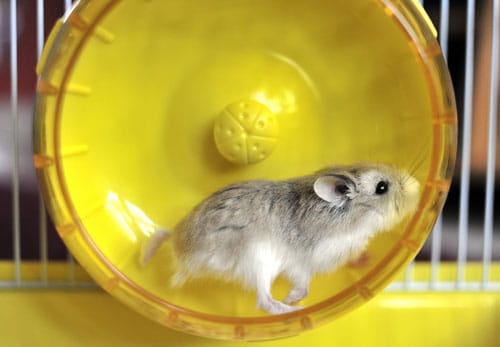
Good physical activities promote fitness, good health and higher life expectancy. Studies have shown that most of the caged animals do not have sufficient exercise. To a certain extent, this may result from improper design with sloping shelves. The cage design must encourage the rats to indulge in maximum climbing activities from their infancy by providing more opportunities for climbing in the cage to promote the fullest extent of exercise possible. The cage has to be set up in such a way that access from one level to another is difficult. Some adjustment has to be made for the disabled and old aged rats. Right from early life if rats are provided with wheels, most of them will wheel run when they have the opportunity.

Having discovered a fondness for insects while pursuing her degree in Biology, Randi Jones was quite bugged to know that people usually dismissed these little creatures as “creepy-crawlies”.

